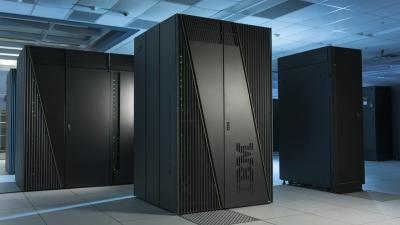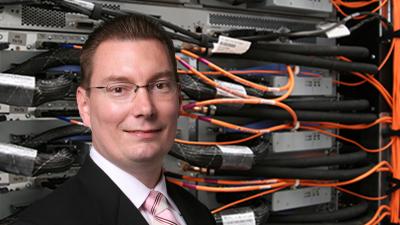Rensselaer Researcher Receives DOE Grant To Develop Models That Track the Formation of Black Holes
When a star goes supernova, a massive burst of neutrinos is the first signal that can escape the density of the collapsing star. Detecting and analyzing this phenomenon in real time would allow us insight into stellar dynamics and, potentially, black hole formation. Detection of these types of signals from modern physics detectors is notoriously hard and presents computational challenges that push the bounds of modern and next-generation computing. Transmitting and analyzing the data from the massive particle physics detectors to the next generation of extreme-scale computing will require detailed modeling of the networking, hardware, and leadership class computing systems. These models will allow researchers to find and optimize the computing pathways, configurations, and infrastructure topologies so that they can handle these massive data loads.
AMOS at Rensselaer Ranks 1st Among Supercomputers at Private American Universities
The AMOS petascale supercomputing system at Rensselaer clocks in at a top peak processing speed of 1048.6 teraflops, making it the most powerful supercomputer at a American private university.
Harnessing the Petabyte: Data Science Research Center at Rensselaer Polytechnic Institute Explores Cloud Computing and Supercomputing To Analyze Big Data
To glean knowledge from petabyte data, researchers are combining cloud computing with supercomputers.
Rensselaer Polytechnic Institute and Lawrence Livermore Scientists Set a New Simulation Speed Record on the Sequoia Supercomputer
Computer scientists have set a high performance computing speed record that opens the way to the scientific exploration of complex planetary-scale systems.



